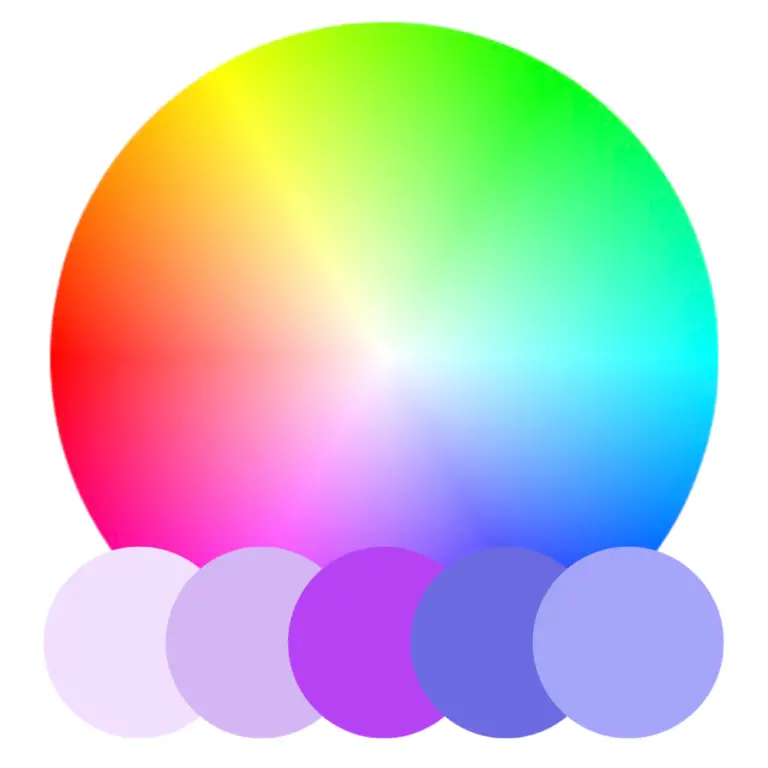
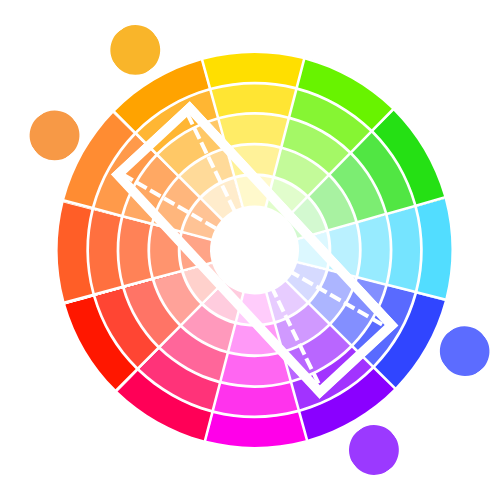 A tetradic color scheme, also known as double-complementary, involves four colors together. These four colors are actually two complementary color pairs (a pair of complementary colors are colors sitting opposite each other on the color wheel). They will form a rectangular or square shape on the color wheel.
A tetradic color scheme, also known as double-complementary, involves four colors together. These four colors are actually two complementary color pairs (a pair of complementary colors are colors sitting opposite each other on the color wheel). They will form a rectangular or square shape on the color wheel.
This color scheme offers more color variety compared to analogous or complementary schemes.
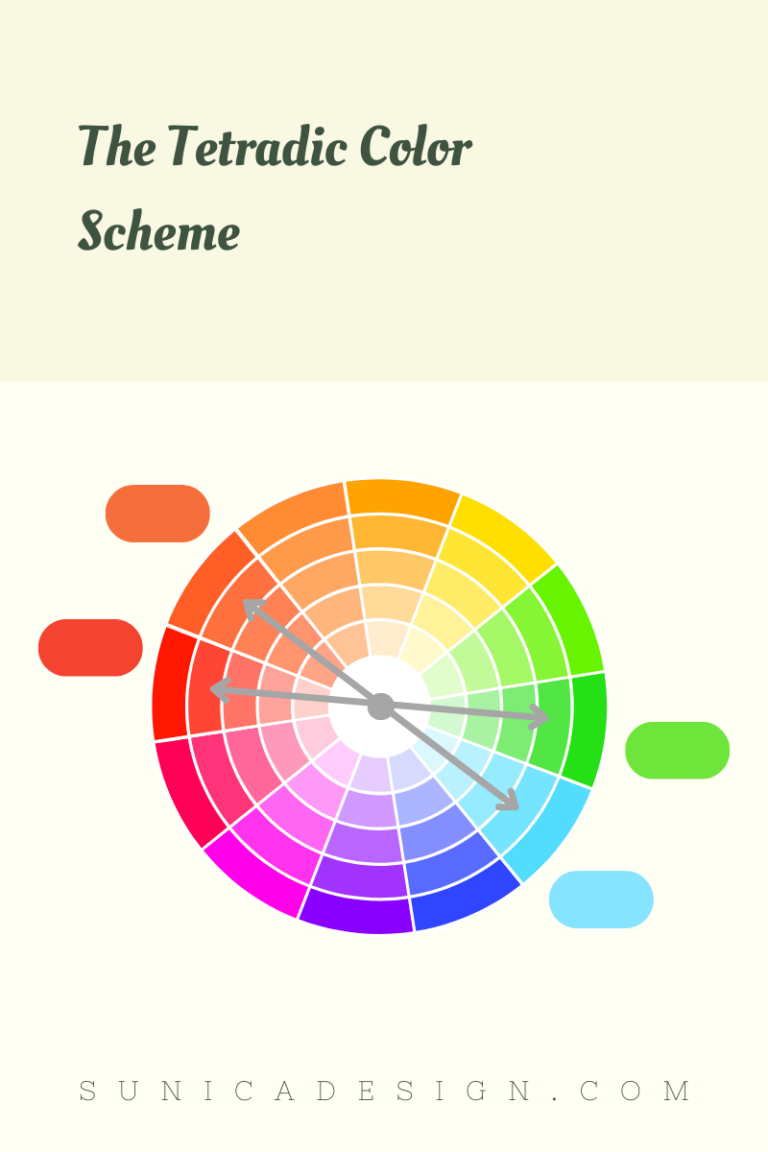
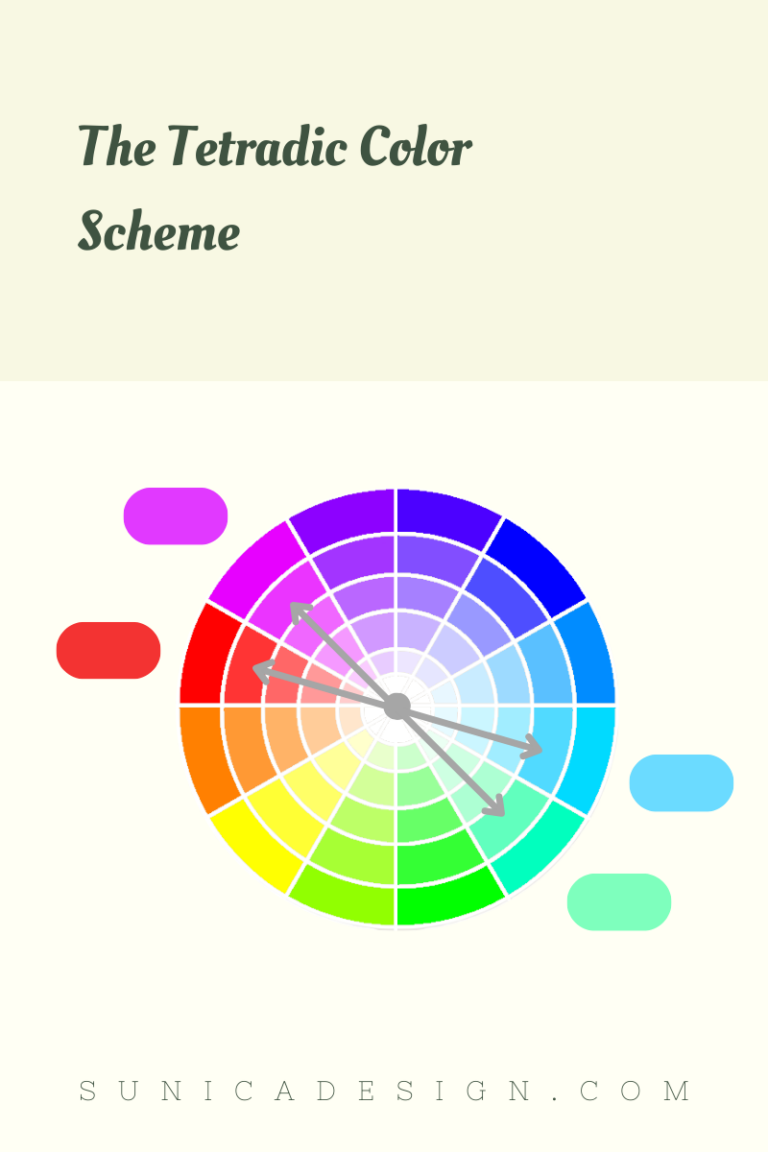
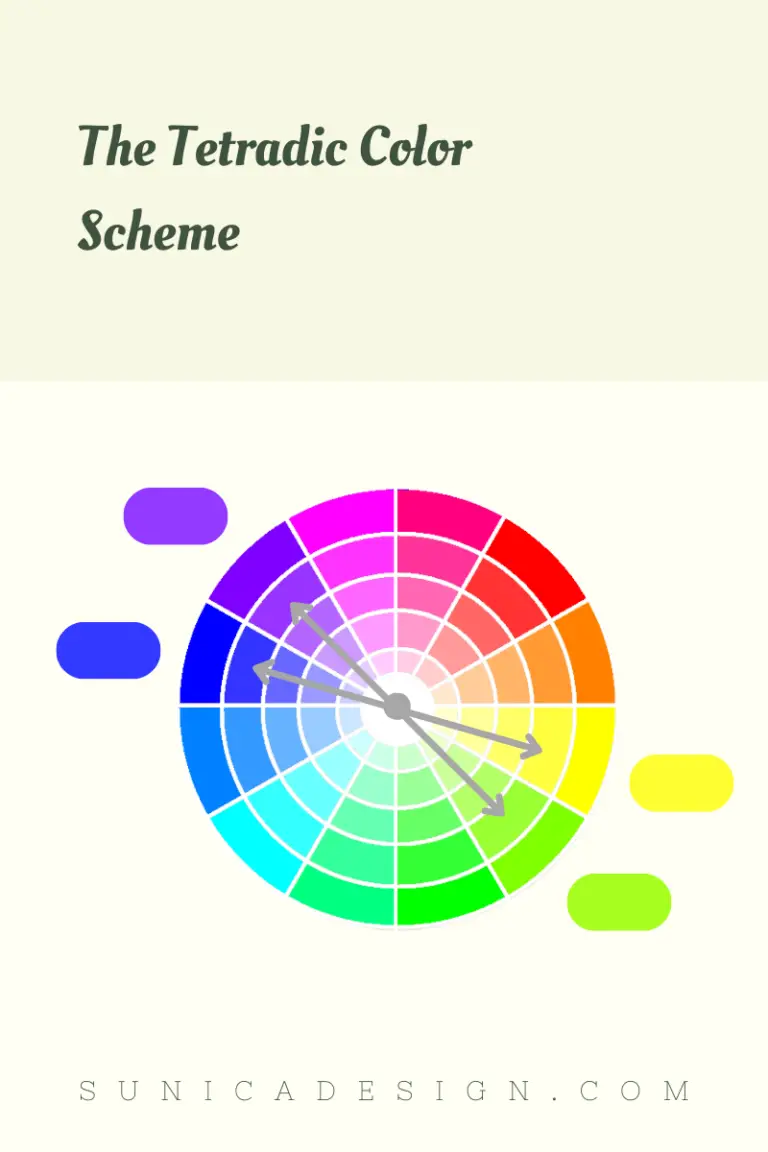
RYB stands for Red-Yellow-Blue, representing the primary colors in traditional color theory. This model serves as a base for understanding how colors mix in art and design, particularly before the advent of modern color theory.
In the traditional RYB color wheel, a tetradic scheme utilizes four colors together. For instance, you might choose red and green as one pair of complementary colors, then orange and cyan as the other pair. This combination offers a rich variety of colors, making your design vibrant yet balanced.
RGB, denoting Red-Green-Blue, is a color model used predominantly in digital color representation. It is crucial for screen displays, and it’s where designers find a palette for digital design.
In the RGB color wheel, you can find a lot of tetradic color schemes. For instance, you might pick red and cyan, along with magenta and light green. This scheme delivers a plethora of shade options to play with, enabling a lively and energetic design.
CMYK (Cyan-Magenta-Yellow-Black) is a color model primarily used in color printing. Unlike RGB, RYB and CMYK are subtractive color models where colors are created through the absorption of light, reflecting the remaining color to the eye.
Within the CMYK color wheel, you may find blue and yellow with another complementary combination – purple and green. The interplay of cool and warm colors in this scheme can evoke a range of emotions, making your design more engaging and visually appealing.
Navigating tetradic colors requires a discerning eye and a clear understanding of color relationships. Here are some factors to consider:
With these mindful considerations, you can definitely create visually engaging and harmonious work! Happy designing!
Copyright © Sunica Design. All Rights Reserved. This site is protected by reCAPTCHA and the Google Privacy Policy and Terms of Service apply.
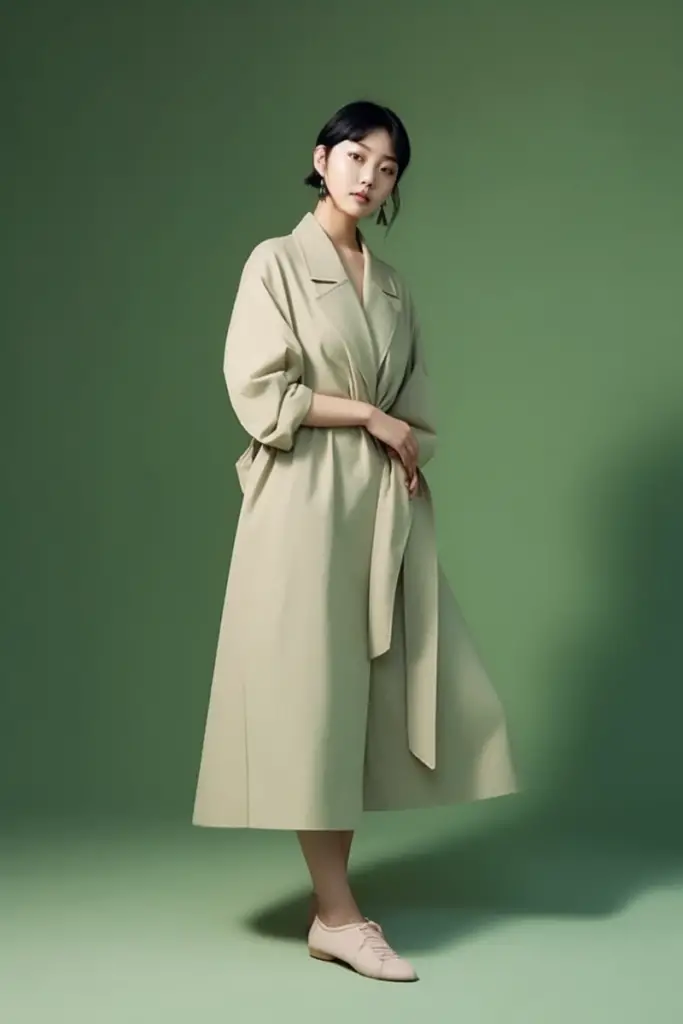
Subscribe to our weekly newsletter and unlock:
